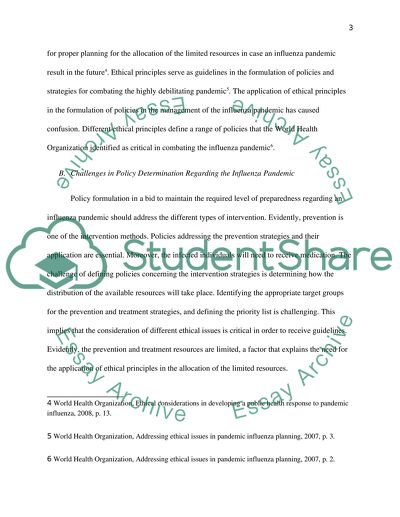Cite this document
(The Impacts of Influenza on the Population Term Paper, n.d.)
The Impacts of Influenza on the Population Term Paper. Retrieved from https://studentshare.org/health-sciences-medicine/1626446-public-health-ethic-pademics
The Impacts of Influenza on the Population Term Paper. Retrieved from https://studentshare.org/health-sciences-medicine/1626446-public-health-ethic-pademics
(The Impacts of Influenza on the Population Term Paper)
The Impacts of Influenza on the Population Term Paper. https://studentshare.org/health-sciences-medicine/1626446-public-health-ethic-pademics.
The Impacts of Influenza on the Population Term Paper. https://studentshare.org/health-sciences-medicine/1626446-public-health-ethic-pademics.
“The Impacts of Influenza on the Population Term Paper”, n.d. https://studentshare.org/health-sciences-medicine/1626446-public-health-ethic-pademics.


